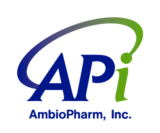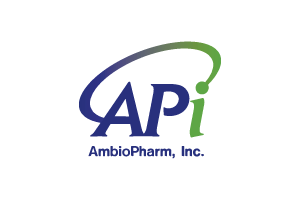Yes, we can manufacture peptides containing single or multiple disulfide bonds. We utilize either orthogonal protecting group strategies or random oxidation methods to produce peptides containing disulfide bonds. Random oxidation or folding can be used when the peptide naturally adopts the preferred structure. Venom and toxin peptides often fold well naturally and a few examples are ShK, charybdotoxin, margatoxin, HsTX1, and mu-conotoxin. Otherwise, an orthogonal strategy is used to make certain the required disulfide bonds are formed in the appropriate positions. We are also very experienced with other common cyclization motifs such as stapling, click-chemistry triazoles, head-to-tail and cyclic thioethers, and other types of constrained peptides.
Read more about disulfide bond peptides in our other articles found here. We also invite you to watch our video, Disulfide-Rich Peptide Production at AmbioPharm, Inc.
Interested in learning more about Peptide Manufacturing? Contact Us.

 中文
中文